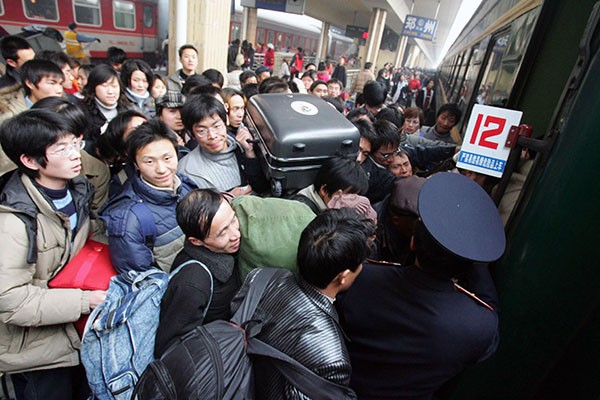To ensure that the best kind of service is given to Chinese travelers this coming Spring Festival travel peak (Chunyun), the Chinese government hired the services of third-party institutions to conduct assessments of transportation departments.
Deputy head of the National Development and Reform Commission Lian Weiliang made the announcement while at a conference on Thursday. Lian hoped that the results of these assessments would help their department see which aspect of transportation needs to be improved.
The third-party institutions would conduct online surveys among the general public. The study would focus on efficiency of government units in handling ticket sales and marketing of services during the travel peak. Aside from this, operations of airports and railway stations would be evaluated as well.
This year, Chunyun will begin on Feb. 4 and will end after 40 days. During this period, the number of Chinese traveling is expected to rise, with many heading home to celebrate the beginning of the Lunar New Year on Feb. 19 with families.
In 2014, the majority of the 3.6 billion trips made across the country was via road. Rail transports followed closely and air trips and ships trailed behind.
This year, China Railway Corp. projects about 289 million trips to be made during the Chunyun period.
Meanwhile, the Civil Aviation Administration of China estimates more than 47 million trips to be made via air. As such, additional 8,740 local and 3,052 international flights have been added to accommodate the surge of passengers traveling to and from the country.
The number of travelers during the Spring Festival continues to rise as years pass. In 1984, around 500 million trips were recorded, which doubled to 1 billion 10 years after.
Economics researcher from the Party School of the Communist Party of China Central Committee Zhou Tianyong forecasts continuous increase of travelers in the coming years.
"The number of Chunyun trips is likely to exceed 4 billion in the next few years because, with rapid urbanization and industrialization, rural residents are moving increasingly to cities," noted Zhou.



























